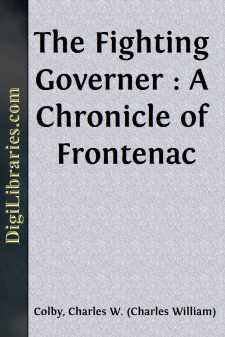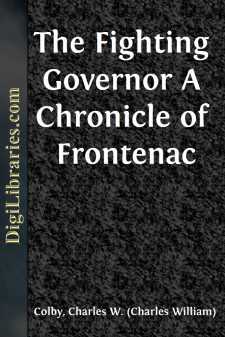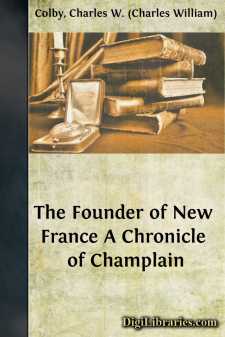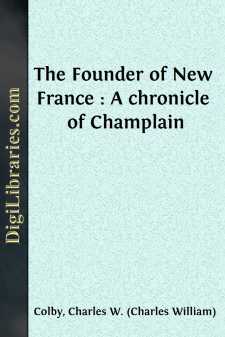Categories
- Antiques & Collectibles 13
- Architecture 36
- Art 48
- Bibles 22
- Biography & Autobiography 816
- Body, Mind & Spirit 145
- Business & Economics 28
- Children's Books 17
- Children's Fiction 14
- Computers 4
- Cooking 94
- Crafts & Hobbies 4
- Drama 346
- Education 58
- Family & Relationships 59
- Fiction 11834
- Foreign Language Study 3
- Games 19
- Gardening 17
- Health & Fitness 34
- History 1378
- House & Home 1
- Humor 147
- Juvenile Fiction 1873
- Juvenile Nonfiction 202
- Language Arts & Disciplines 89
- Law 16
- Literary Collections 686
- Literary Criticism 179
- Mathematics 13
- Medical 41
- Music 40
- Nature 179
- Non-Classifiable 1768
- Performing Arts 7
- Periodicals 1453
- Philosophy 66
- Photography 2
- Poetry 897
- Political Science 203
- Psychology 45
- Reference 154
- Religion 516
- Science 126
- Self-Help 85
- Social Science 82
- Sports & Recreation 34
- Study Aids 3
- Technology & Engineering 59
- Transportation 23
- Travel 463
- True Crime 29
Our website is made possible by displaying online advertisements to our visitors.
Please consider supporting us by disabling your ad blocker.
The Fighting Governer : A Chronicle of Frontenac
Description:
Excerpt
CHAPTER I
CANADA IN 1672
The Canada to which Frontenac came in 1672 was no longer the infant colony it had been when Richelieu founded the Company of One Hundred Associates. Through the efforts of Louis XIV and Colbert it had assumed the form of an organized province. [Footnote: See The Great Intendant in this Series.] Though its inhabitants numbered less than seven thousand, the institutions under which they lived could not have been more elaborate or precise. In short, the divine right of the king to rule over his people was proclaimed as loudly in the colony as in the motherland.
It was inevitable that this should be so, for the whole course of French history since the thirteenth century had led up to the absolutism of Louis XIV. During the early ages of feudalism France had been distracted by the wars of her kings against rebellious nobles. The virtues and firmness of Louis IX (1226-70) had turned the scale in favour of the crown. There were still to be many rebellions—the strife of Burgundians and Armagnacs in the fifteenth century, the Wars of the League in the sixteenth century, the cabal of the Fronde in the seventeenth century—but the great issue had been settled in the days of the good St Louis. When Raymond VII of Toulouse accepted the Peace of Lorris (1243) the government of Canada by Louis XIV already existed in the germ. That is to say, behind the policy of France in the New World may be seen an ancient process which had ended in untrammelled autocracy at Paris.
This process as it affected Canada was not confined to the spirit of government. It is equally visible in the forms of colonial administration. During the Middle Ages the dukes and counts of France had been great territorial lords—levying their own armies, coining their own money, holding power of life and death over their vassals. In that period Normandy, Brittany, Maine, Anjou, Toulouse, and many other districts, were subject to the king in name only. But, with the growth of royal power, the dukes and counts steadily lost their territorial independence and fell at last to the condition of courtiers. Simultaneously the duchies or counties were changed into provinces, each with a noble for its governor—but a noble who was a courtier, holding his commission from the king and dependent upon the favour of the king. Side by side with the governor stood the intendant, even more a king's man than the governor himself. So jealously did the Bourbons guard their despotism that the crown would not place wide authority in the hands of any one representative. The governor, as a noble and a soldier, knew little or nothing of civil business. To watch over the finances and the prosperity of the province, an intendant was appointed. This official was always chosen from the middle class and owed his position, his advancement, his whole future, to the king. The governor might possess wealth, or family connections. The intendant had little save what came to him from his sovereign's favour. Gratitude and interest alike tended to make him a faithful servant....





